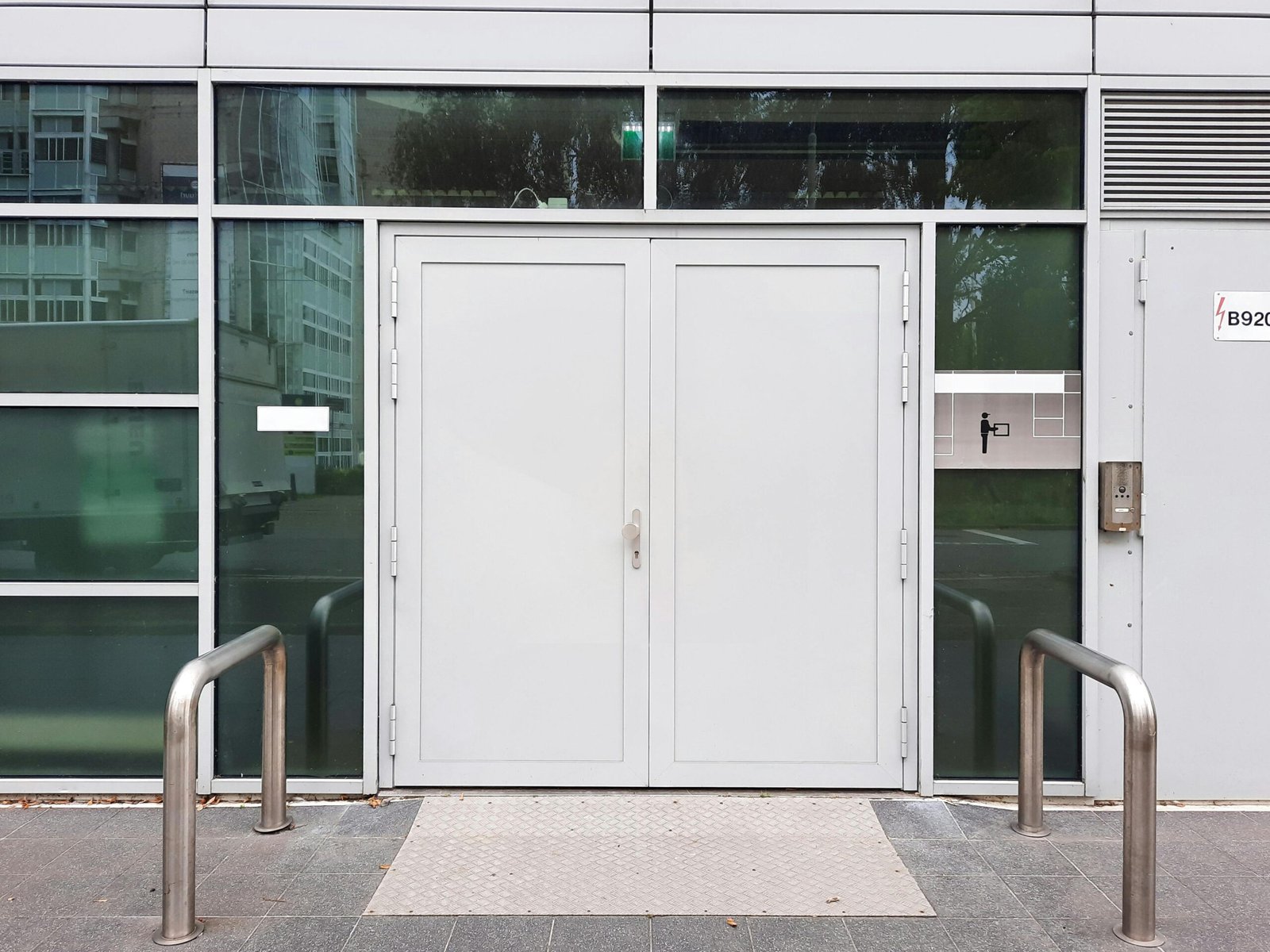Patient safety is at the core of quality healthcare and one of the primary responsibilities of nurses. Whether you work in a hospital, clinic, or long-term care facility, your actions directly influence patient outcomes. From medication errors to falls and infections, even small oversights can lead to significant harm. That’s why understanding and practicing patient safety principles is essential for every nurse, regardless of experience level.
Here are six key patient safety practices every nurse should know and apply in everyday clinical settings.
1. Perform Proper Patient Identification
Correct patient identification is the first step toward preventing errors in treatment and medication administration. Mistaken identity can result in giving the wrong medication, performing the wrong procedure, or mislabeling test samples — all of which can have serious consequences.
Key practices for safe patient identification include:
- Always confirm two identifiers — such as name and date of birth — before providing care or administering medication.
- Avoid using room or bed numbers as identifiers.
- Double-check wristbands, ID tags, and electronic medical records.
- In nonverbal or pediatric patients, confirm identity with caregivers or family members.
Accurate identification ensures that each patient receives the care intended for them — and it builds trust between nurse and patient.
2. Ensure Safe Medication Administration
Medication errors are among the most common threats to patient safety. Nurses act as the final checkpoint before a drug reaches the patient, making attention to detail vital.
Following the “Five Rights” of medication administration can prevent most errors:
- Right patient
- Right medication
- Right dose
- Right route
- Right time
Beyond these, some healthcare institutions add additional steps like the Right documentation and Right reason to further strengthen accuracy.
Other safety measures include:
- Double-checking high-risk medications (insulin, anticoagulants, opioids).
- Clarifying unclear physician orders before administering.
- Educating patients about their medications to enhance understanding and compliance.
- Reporting medication errors or near misses — not to assign blame, but to improve systems.
Safe medication practices protect patients and reinforce the nurse’s accountability as a key guardian of patient safety.
3. Practice Clear Communication and Handoffs
Poor communication is one of the leading causes of medical errors in healthcare. When vital information is missed during shift changes or handoffs between departments, patients can be put at risk.
To avoid this, nurses should use structured communication tools like SBAR (Situation, Background, Assessment, Recommendation). This ensures consistency and clarity when sharing information about a patient’s condition.
Tips for improving communication:
- Document all updates promptly in the patient’s chart.
- Communicate critical changes in person or via secure digital systems.
- Encourage open, respectful discussions within care teams.
- Clarify rather than assume when unsure of orders or instructions.
Strong communication not only enhances safety but also builds teamwork and trust among healthcare professionals.
4. Prevent Infections Through Strict Hygiene
Hospital-acquired infections (HAIs) remain a major global concern, but most are preventable with proper hygiene and infection control measures. Nurses are on the frontline of this effort.
Key infection prevention strategies include:
- Practicing proper hand hygiene before and after patient contact.
- Using personal protective equipment (PPE) appropriately.
- Maintaining sterile techniques during procedures such as catheter insertions or dressing changes.
- Disinfecting equipment and patient surroundings regularly.
- Educating patients and visitors on basic hygiene practices.
Hand hygiene may sound simple, but it remains the single most effective way to reduce infections and protect both patients and healthcare workers.
5. Prevent Patient Falls and Injuries
Falls are one of the most common and costly safety incidents in healthcare facilities. For elderly patients or those with mobility issues, a single fall can lead to serious injuries and delayed recovery.
Steps to enhance fall prevention:
- Assess every patient’s fall risk on admission and update it regularly.
- Keep frequently used items (call bell, water, glasses) within easy reach.
- Encourage use of mobility aids and non-slip footwear.
- Maintain proper lighting and remove obstacles in hallways.
- Involve patients and families in safety education.
Even simple interventions — like reminding patients to call for assistance before moving — can significantly reduce fall risks.
6. Foster a Culture of Safety and Continuous Improvement
Patient safety is not just a checklist — it’s a mindset. Nurses must feel empowered to speak up when something seems unsafe and encouraged to learn from mistakes rather than hide them.
Ways to promote a culture of safety:
- Report incidents and near misses without fear of punishment.
- Participate in training sessions, safety audits, and team debriefings.
- Support colleagues who raise safety concerns.
- Stay updated on best practices, policies, and research.
- Involve patients in their care decisions — informed patients are safer patients.
In today’s fast-paced and complex healthcare environment, nurses must remain vigilant, proactive, and committed to ongoing professional development. Adopting evidence-based safety measures and embracing teamwork across disciplines fosters a culture of accountability and transparency. Beyond the clinical aspects, patient safety also means treating each individual with respect, empathy, and attention to their unique needs.
Ultimately, when nurses prioritize safety, they not only prevent adverse events but also build trust with patients and families. The combination of clinical expertise, ethical responsibility, and human connection defines the true spirit of nursing. Every safe action a nurse takes contributes to a larger mission — delivering care that heals, protects, and inspires confidence in every patient encounter.
A positive safety culture values transparency, teamwork, and accountability — ensuring that everyone in the healthcare system works toward the same goal: zero harm. Patient safety is the foundation of effective nursing care. By mastering these six practices — accurate patient identification, safe medication administration, clear communication, infection control, fall prevention, and fostering a safety-focused culture — nurses can make a measurable difference in patient outcomes.
Each action, no matter how small, contributes to safer healthcare environments. Nurses are not only caregivers but also advocates, educators, and protectors of their patients’ well-being. For nursing students or professionals seeking to strengthen their understanding of evidence-based safety strategies, using resources like a custom nursing writing service can provide valuable guidance, research support, and academic insight. By staying proactive and committed to safety, nurses uphold the highest standards of the nursing profession — ensuring compassionate, competent, and harm-free care for every patient.




Leave a Reply